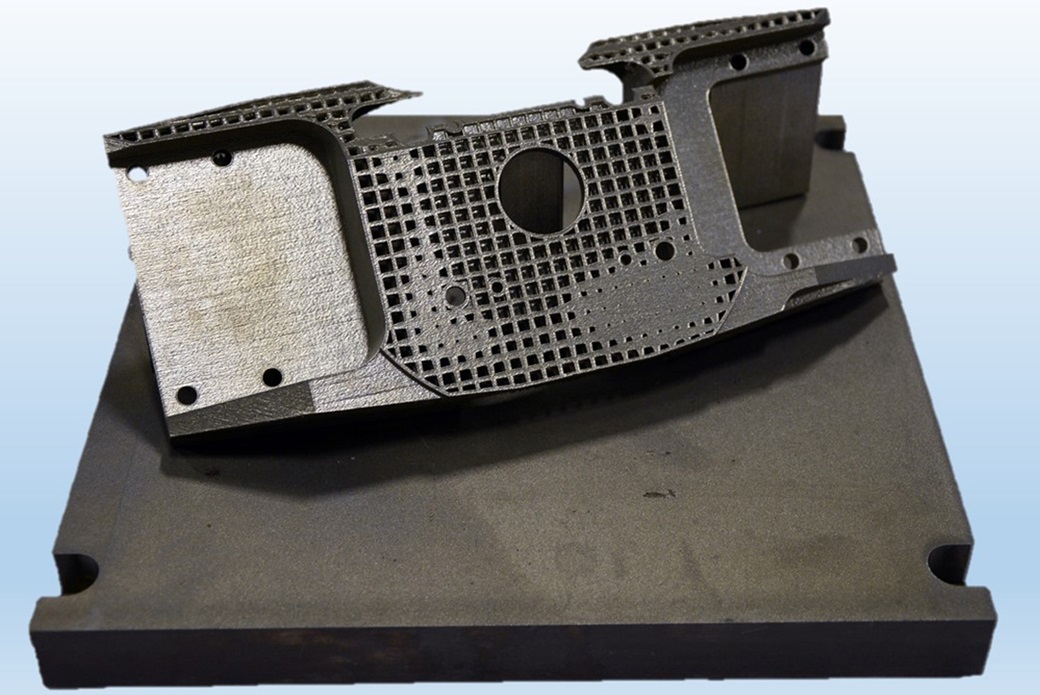
The University of Pittsburgh in the US has received a US$1 million award to develop nuclear plant components using additive manufacturing (AM). The award is part of the US Department of Energy (DOE) Office of Nuclear Energy’s Nuclear Energy Enabling Technologies (NEET) program.
Currently, the difficulty in removing supports, particularly if they are located in the interior of the component, has limited the adoption of AM by industries such as nuclear energy, which require complex components to be made at a lower cost. The research will be directed by Albert To, associate professor of mechanical engineering and materials science (MEMS) at the Swanson School, Wei Xiong, assistant professor of MEMS at Pitt, and Owen Hildreth, assistant professor of mechanical engineering at the Colorado School of Mines.
The aim of the research will be to develop dissolvable supports and improve topology and microstructure design to make nuclear components at lower cost, with minimal distortion, and greater structural integrity. ‘Many gaps still remain in the scientific understanding of additive manufacturing, most especially the optimization of the assembly process while reducing build failure and cost,’ said Drs.To and Xiong. ‘Removing internal support structures in complex additive manufactured components via post-machining is costly and sometimes impossible. By integrating dissolvable supports, topology optimization, microstructure design, we have an opportunity to drastically reduce post-processing costs for AM components, while ensuring manufacturability of designs with complex internal features like those needed in the nuclear industry.’
Dissolvable supports According to Dr Hildreth, post-processing accounts for 30 to 70% of the cost of producing AM products, with support removal accounting for the majority of those costs. ‘Our dissolvable support technology enables consolidation of the many manufacturing steps currently required for complex nuclear components into one AM assembly,’ he said. ‘This will reduce manufacturing costs by 20% and improve manufacturing schedules by at least six months. This work will help bring dissolvable supports to not just nuclear applications, but to the broader metal AM community so that costs can be significantly reduced. Metal AM is projected to be a $21.2 billion industry in five years, and these batch-processable dissolvable supports could save the industry $10 billion while also expanding design freedom and reducing post-processing machining.’
This story is reprinted from material from the University of Pittsburgh, with editorial changes made by Materials Today. The views expressed in this article do not necessarily represent those of Elsevier.






